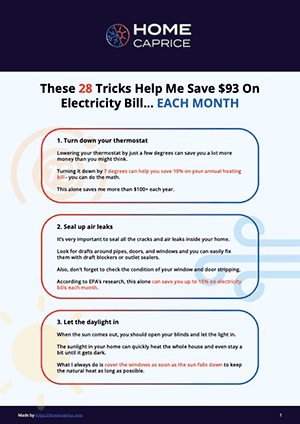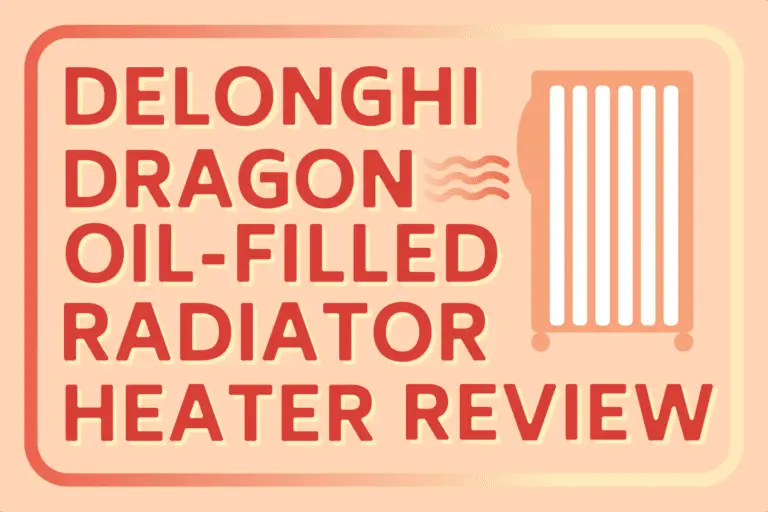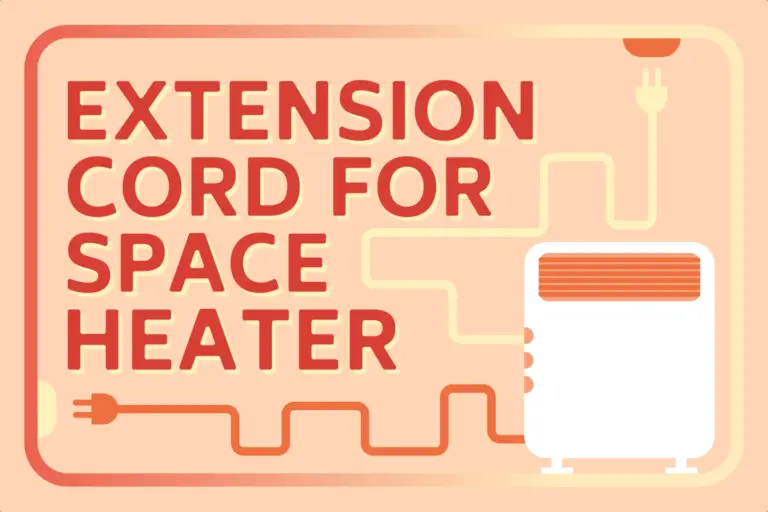A home heating system should keep the temperature steady and provide a consistent source of heat.
If you have ever looked forward to shedding layers of clothing as soon as you get home from work, only to experience cold air blowing out of your heater vents, you know how frustrating a broken heater can be.
Unfortunately, it’s not uncommon for heaters to fail from time to time.
There are many do-it-yourself steps you can take before calling a repairman. By knowing what part of your heating system may need attention, you can save money and avoid sending an HVAC technician on a wild goose chase with your broken heater.
7 Possible Causes For Your Electric Heater Blowing Cold Air
Issue #1: The Blower Wheel
The blower wheel is the most common cause of a heater blowing cold air.
It is located at the bottom or rear of the unit and sits inside a metal housing. When you turn on your heating system, the blower wheel spins to pull air from inside your home and push it through the vent openings throughout your property.
If this component becomes worn or cracked, there will be less airflow coming out of your vents, resulting in colder rooms that take longer to heat up.
Replacing this part can be very easy if you have experience with small appliances and tools.
But, make sure you withhold judgment until after checking all other components for failure before assuming anything about your blower wheel.
Issue #2: The Thermostat
The thermostat is responsible for controlling the heat of your home and telling your heater when to turn on and off as you make adjustments to room temperature. This component begins working as soon as you fire up your heater.
However, some heaters have a pre-heat cycle that runs before the unit switches from heating cold air into warming up your living space.
If this happens and your heater thermostat fails during this process, you will notice the furnace blowing cold air in the house even after it has been running for several minutes.
To check if your thermostat needs attention, manually adjust the settings on it with nothing else powered on in your house.
You should see a change in temperature almost immediately.
If this isn’t the case, the part should be checked over by an HVAC technician to ensure it is working properly.
Issue #3: The Filter
If you notice your heater running for extended periods of time while making no noticeable difference in the temperature of your home, your filter may need to be changed. Heater filters trap dust and other contaminants that might otherwise flow through ducts and vents into your living space.
However, if these elements are not removed, they can cause damage to internal components like the blower wheel or even burn out your heating unit and make your furnace blow cold air. You should check the filter every month during regular maintenance inspections for optimal heater function.
Depending on how frequently you use your heating unit, you should replace this component annually to maximize heating efficiency.
Issue #4: The Heat Exchanger
The heat exchanger is responsible for warming up the cool air inside your home’s heating system, ultimately sending it back through your blower wheel to distribute warm air throughout every room.
If this part fails, cold air will be pushed out of your heater’s vents because there is no hot fluid traveling back to the chamber that sends heated air into your rooms.
This can quite often be confused with a clogged filter or blower wheel, but if you notice decreased airflow coming from vents and no noticeable change in temperature, the heat exchanger may need attention.
Replacing this component usually requires professional assistance because of its location under a metal housing inside your heater; however, if you are handy with tools and can follow instructions, replacing this part yourself is possible.
Issue #5: The Circuit Board
A faulty circuit board can create a number of problems for your heater and blower wheel, preventing them from working together to warm up your home.
If you notice that no matter how long your unit runs, there is no change in temperature or airflow, this component may be the culprit. It is not often necessary to replace this part because most issues with it can be resolved by resetting its connection sequence.
However, if you have tried all other items on the list and still aren’t receiving any heat from your heating unit, replacing the circuit board might be necessary.
Issue #6: Condensate Drainage
If you are noticing cold air coming out of vents even after running your system for several minutes or if water is collecting in your unit’s base pan, you may have a condensate drainage issue.
This could be caused by a clogged drainage hose or loose tubing inside the unit. If there is no obvious sign of an issue with drainage, check to make sure that all levels are plugged into their proper ports and that they are not covered up in any way.
You should also take a look at your heater to locate any metal coils or tubing that might be blocking condensation from draining properly- if this part isn’t visible it might need replacing too.
Issue #7: The Thermocouple
Still trying to figure out why is my furnace blowing cold air. The thermocouple is a component that controls the pilot light inside your heater and adds to its efficiency by working as an ignition source for gas heaters.
If this piece fails, you will notice the heater blowing cold air again because there is no spark or flame generated inside your heater that would normally warm up internal components before bringing in cool air and warming it to room temperature.
Although rare, the thermocouple can be checked with a continuity tester and replaced if necessary by an HVAC technician.
In Conclusion
If the heater is still blowing cold air after checking all of the above components, it may be time to call in a professional.
A professional HVAC technician will inspect every part of your heater and determine what parts need attention. If you notice that some components are worn or damaged, it may be time to replace them entirely for more efficient heating later on down the road.
You can avoid this fate by remembering to schedule regular tune-ups with a licensed HVAC contractor at least twice a year before the coldest months hit each year.
This will ensure every component in your heater is working properly and maximize warmth when you need it most.


Download this FREE cheat sheet to find 28 tricks that can help you save on your electricity and heating bill each month.
Click here to get a FREE Cheat-Sheat![Why Is My Heater Blowing Cold Air? [7 Reasons] Space Heater](https://homecaprice.com/wp-content/uploads/2020/03/heater-60.png)

![Best Way to Heat Your Garage [12 Top Options]](https://homecaprice.com/wp-content/uploads/best-way-to-heat-your-garage-768x512.png)

